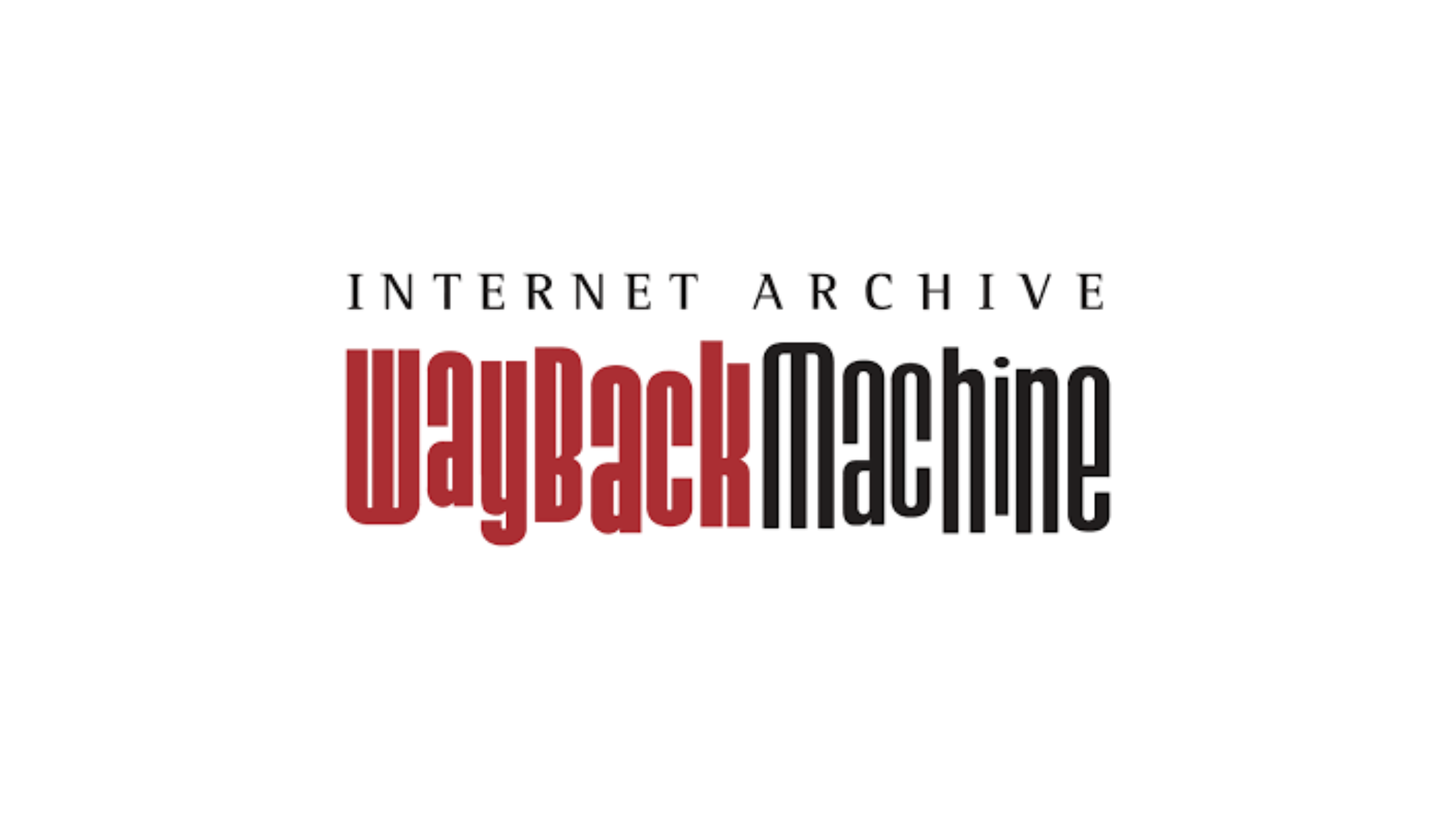Table of Contents
Wayback Machine
The Wayback Machine is a digital archive of the World Wide Web, a project of the Internet Archive, a non-profit organization dedicated to providing "universal access to all knowledge." Conceived by Brewster Kahle and Bruce Gilliat in 1996 and launched publicly in 2001, it allows users to explore how websites looked at various points in the past. As of November 2024, it holds over 916 billion web pages and well over 100 petabytes of data, serving as a vital resource for researchers, journalists, and anyone curious about the internet's evolution. This digital time capsule is named after the "Wayback Machine" from The Adventures of Rocky and Bullwinkle and Friends. Crucially, the Wayback Machine relies on JavaScript to operate. Without JavaScript enabled in your browser, the Wayback Machine will not function correctly. JavaScript is used for handling user interactions, dynamically loading content, and rendering the user interface. For more information, see this general information article.
Key Features
Archived Webpages: Access snapshots of websites as they appeared on specific dates.
Save Page Now: Manually archive a webpage at a specific point in time. Since October 2013, this feature has allowed users to preserve web content. To help preserve the web, use the save page now feature.
Calendar Interface: Visually browse available snapshots by date and time.
URL Availability Check: Allows you to check if a URL has been archived.
Historical Data: Provides a valuable resource for historical research and tracking changes on the web.
Browse collections: browse collected data via specific grouping.
Changes Page: Visually browse page changes using algorithms.
Compare Feature: Compare the web pages via specific time.
Site map Feature: Analyze website via site map browsing.
Use Cases or Applications
The Wayback Machine has numerous applications across various fields. For researchers, it provides a wealth of historical data for studying trends, events, and societal changes. Journalists can use it to verify past statements, track website modifications, and access information from defunct websites. SEO specialists use it to check broken links or analyze successful content from the past. Web developers can utilize it to troubleshoot bugs by accessing past versions of the website. It's also an invaluable tool for Open Source Intelligence (OSINT), helping cybersecurity researchers and others to find deleted information and uncover valuable intelligence. Wikipedia editors also heavily use it for verification and content creation. The Wayback Machine has also begun fact-checking content since October 30, 2020. Find out more about using the Wayback Machine here.
What is Unique About The Wayback Machine?
The Wayback Machine's uniqueness lies in its mission to preserve the internet's vast and ever-changing content. Unlike traditional search engines that focus on current information, the Wayback Machine offers a historical perspective, allowing users to travel back in time and witness how websites have evolved. Its scale is unparalleled, archiving billions of web pages. While other archiving services exist, the Wayback Machine's commitment to open access and its non-profit status distinguish it as a public service. Moreover, it partners with services like Cloudflare to automatically index websites, furthering its reach. The introduction of the Wayforward Machine in May 2021 even allows users to travel to the Internet in 2046. It offers three public APIs: SavePageNow, Availability, and CDX. To save a page now, click here.
Who Should Use The Wayback Machine?
Researchers: To study historical trends and website evolution.
Journalists: For fact-checking and accessing deleted information.
SEO Specialists: To analyze website history and fix broken links.
Web Developers: For debugging and accessing previous website versions.
Legal Professionals: For gathering evidence and researching legal precedents.
Historians: Accessing a digital record of the past.
General Users: Anyone curious about how websites have changed over time. Visit the Internet Archive to learn more.
Supported Platforms & Installation
The Wayback Machine is primarily accessed through its website, which requires a modern web browser with JavaScript enabled. To enable JavaScript, consult your browser's documentation. You can use the search engine to find official documentation for the following browser.
If the Wayback Machine is not working correctly, ensure JavaScript is enabled, clear your browser's cache and cookies, and update your browser to the latest version. If problems persist, contact info@archive.org for support. The Wayback Machine also offers browser extensions for Chrome and other browsers. There's also a WordPress plugin and an iOS app, although user reviews suggest the app has limited functionality compared to the web version. Check out this tutorial for help.
Pricing
The Wayback Machine is a free service, supported by the Internet Archive's donations and other funding sources. The "Save Page Now" feature is also available for free, for both archival requests and retrievals. However, the Internet Archive offers subscription services like Archive-It, which allows institutions to archive websites and create custom collections. Learn more about the web archive.
Short Summary
The Wayback Machine is an invaluable tool for anyone seeking to explore the internet's past. Its vast archive, coupled with its commitment to open access, makes it a unique and essential resource for researchers, journalists, and the general public. While the iOS app has limitations, the web version and browser extensions provide powerful tools for accessing and preserving web history. Despite potential issues with incomplete archiving or JavaScript dependencies, the Wayback Machine remains a cornerstone of internet preservation.
Found this tool interesting? Keep visiting thesecmaster.com, and our social media page on Facebook, LinkedIn, Twitter, Telegram, Tumblr, Medium, and Instagram, and subscribe to explore more useful tools like this.
Wayback Machine
Free
April 18, 2025
